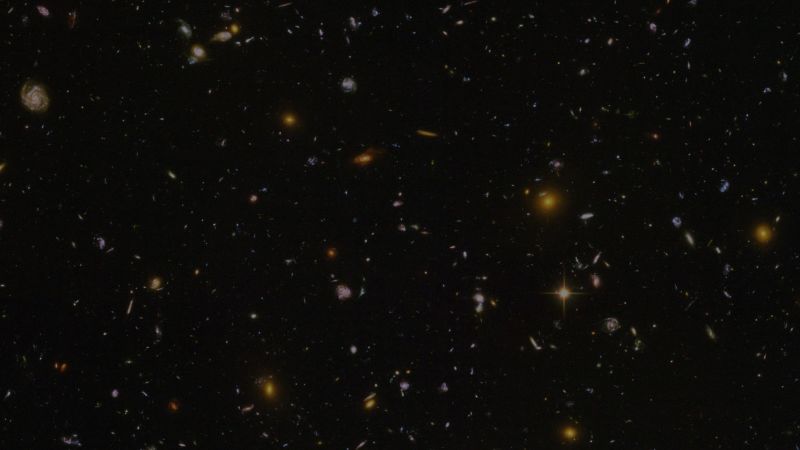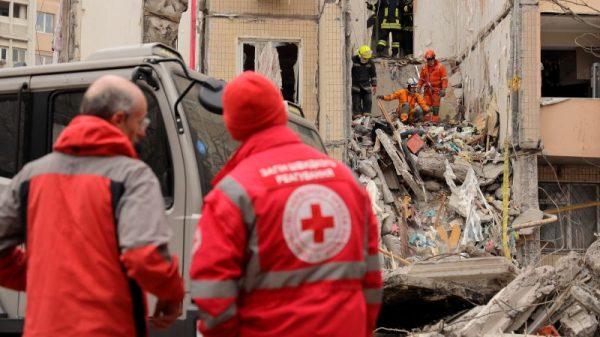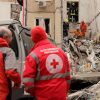 An exploding star event, also known as a supernova, can indeed create a very memorable sight. However, predicting exactly when and where one will occur with certainty is not yet possible. Still, you can improve your chances of seeing one by doing the following:
An exploding star event, also known as a supernova, can indeed create a very memorable sight. However, predicting exactly when and where one will occur with certainty is not yet possible. Still, you can improve your chances of seeing one by doing the following:
1. Stay informed: Follow space-related news from NASA, the European Space Agency, or other observatories. They typically share any significant astronomical events.
2. Use apps and websites: Astronomy apps and websites usually have features that will notify you of notable celestial events like a supernova. Examples include SkySafari, Star Walk, and Stellarium.
3. Buy or access a telescope: While some supernovae may be visible to the naked eye, many need a telescope for the best viewing experiences.
4. Join astronomy clubs or groups: These clubs often have outings or events to watch celestial phenomena. They could also share information on where best to see these events.
5. Watch for clear skies: Light pollution and clouds can obscure your view of celestial events. Choose an observation spot away from city lights and on a moonless night if possible.
6. Patience: Supernovae are rare events and may not be visible from your location. Remain patient and keep watching the skies.
Remember, safety is important. Never look directly at the sun with a telescope or binoculars without proper filter as its concentrated light can damage your eyes.



































